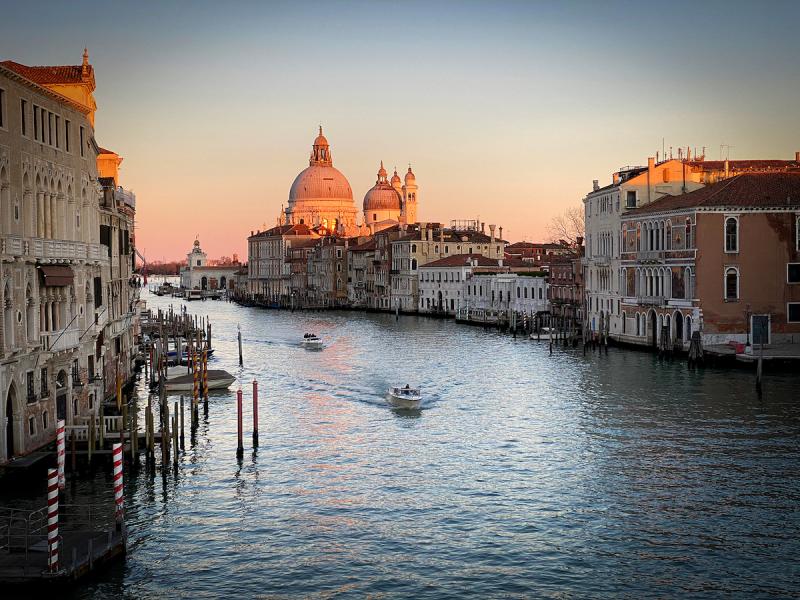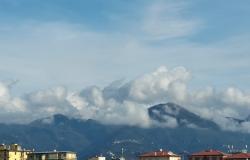Wonders of Italy: The Grand Canal in Venice
ITA:

Use player to listen to Italian version

Paywall Content
Venice’s most important water way, the Grand Canal, also known in Venetian dialect as the ‘canalasso,’ winds its way in a reverse-S shape through the city’s central districts, or sestieri. One end of the canal leads into the lagoon near the Santa Lucia railway station and the other end leads into the basin at San Marco, for a total length of 3.8 km (2.4 mi).
The Grand Canal is, together with the parallel Giudecca Canal, the winding path of an ancient river in its final stretch, which flowed through the lagoon into the Port of Lido.
Each side of the Grand Canal is flanked by magnificent buildings, dating from a period between the XII and XVII century. The Grand Canal was the most coveted location for wealthy families to build their palaces and show off their prestige. Almost 170 residences survive from the 1,000 years of splendor of the Venetian Republic.
As a vital center of trade throughout the Middle Ages, the Grand Canal soon became the site of another type of residence, the so-called case-fondaco, buildings designed specifically for trade, combining the merchant's residence with the warehouse.
The warehouse-house was often flanked by two defensive towers (torreselle), as in the 13th-century Fondaco dei Turchi, which, together with the Fondaco dei Tedeschi, also overlooking the Grand Canal, testifies to the remarkable presence of foreign merchants in Venice.
Almost all the houses flanking the Grand Canal emerge directly from the canal, without sidewalks; the best way to admire the succession of buildings and bridges is by boat or on a gondola.
The Grand Canal is definitely a Venetian landmark, beloved by the Venetians, who, every year, relive on it centuries-old traditions of the Serenissima, such as the Historical Regatta.
La via d'acqua più importante di Venezia, il Canal Grande, noto anche in dialetto veneziano come il "canalasso", si snoda a forma di S rovesciata attraverso i quartieri centrali della città, o sestieri. Un'estremità del canale arriva in laguna nei pressi della stazione ferroviaria di Santa Lucia e l'altra estremità nel bacino di San Marco, per una lunghezza totale di 3,8 km.
Il Canal Grande è, insieme al parallelo Canale della Giudecca, il sinuoso percorso di un antico fiume nel suo











